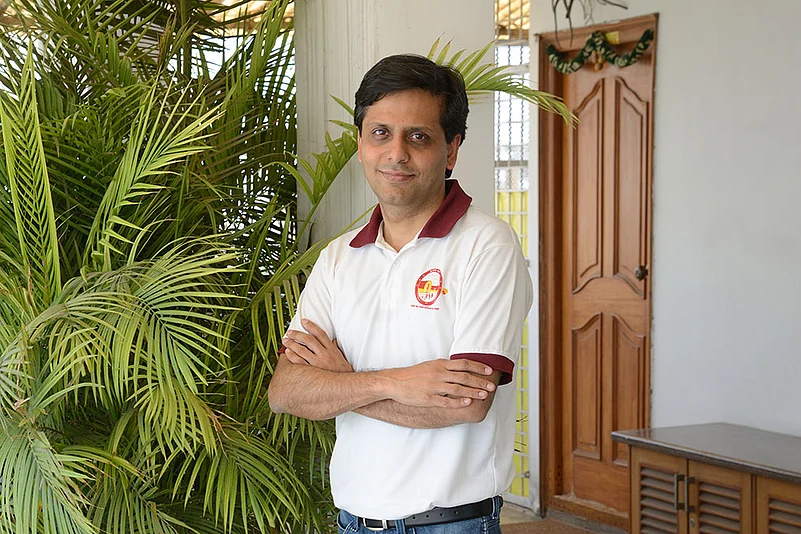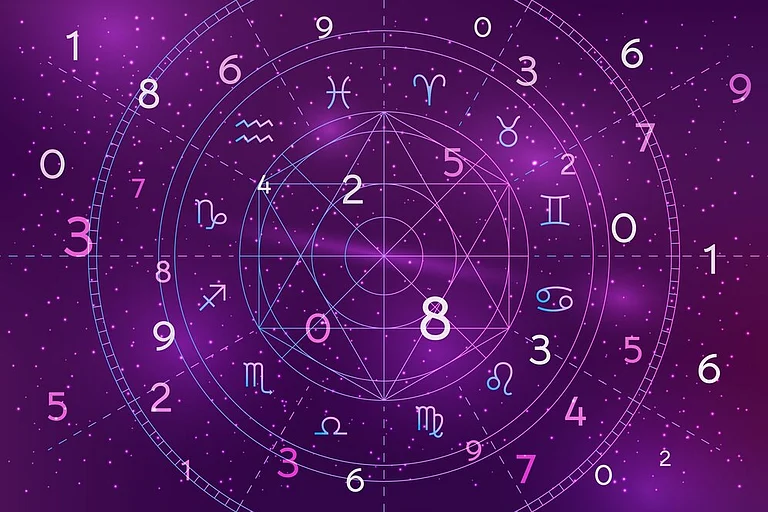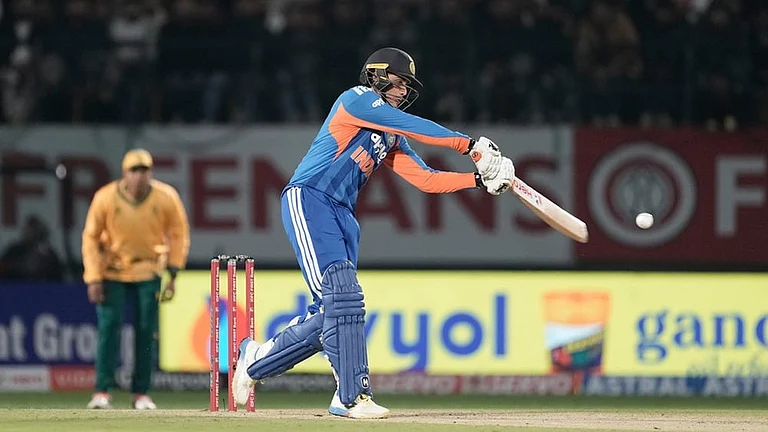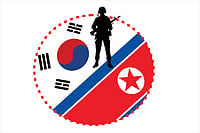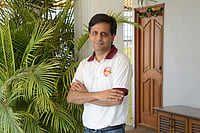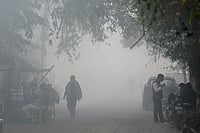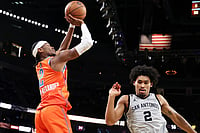Basel is in Switzerland, with suburbs in Germany and France. It’s a gateway to the Jura mountains in Switzerland, the Black Forest region in Germany and the Alsace region in France. The airport, christened Europort, is the world’s only tri-national airport, with a Swiss side exit and a French side exit. The railway stations serve the SBB (Swiss Rail), DB (the Deutsche Bahn, German Railways) and the SNCF (French Railways). The BVB trams and public buses cover the Baden region (Germany) and the Alsace region (France). The local suburban train network cuts across the three countries. Numerous rail lines, roads, footpaths, cycle tracks and the Rhine river ensure that people move between the three countries seamlessly. The tram route 10 crosses the Swiss-French border twice, passing into and out of French territory. Cyclists pedal with Swiss seriousness, yet practise a nonchalance about international borders.
Some of my friends in Basel have their own way of maximising this locational advantage. One crosses over into France to get authentic baguettes, the son of another studies in a German school just across, and a third lives in Basel’s German suburb to get the benefits of cheaper housing. This unique confluence makes borders pale into irrelevance, and the notion of national and anti-national, a big deal in the India of 2016, seems rather alien to life in the world’s only tri-national city.
Basel is renowned for its chemical and pharmaceutical industry, and for that most Swiss of professions, banking. Towering buildings are a common sight in the city. They are offices of pharmaceutical companies—many of them the global headquarters. The Roche Tower is 41 floors high and, upon its opening in 2015, has become the tallest building in Switzerland. Given the pharmaceutical hold over architecture, it is unsurprising that several important medicines have been discovered in Basel—some of them life-saving.
On the other end of the spectrum has been LSD, the mood altering drug. LSD was invented by the Swiss chemist Albert Hofmann at the Sandoz Laboratories in Basel. Hofmann synthesised LSD in 1938 from a chemical derived from a grain fungus that grows on rye. Its psychedelic properties were an accidental discovery, when the scientist touched his hand to the mouth and ingested a small amount. He described the experience in his own words, “I lay down and sank into a not unpleasant intoxicated-like condition, characterised by an extremely stimulated imagination. In a dreamlike state, I perceived an uninterrupted stream of fantastic pictures, extraordinary shapes with an intense, kaleidoscopic play of colours. After some two hours this condition faded away.”
Acid, Zen, Heaven are some of the names that LSD has been given in local culture. It was also key to the counter-culture of the 60s, before it ended up getting banned almost everywhere for the addiction it created and the lives it destroyed. LCD was also Basel’s most famous export to the world, conquering minds, much before Roger Federer, the Basel-born star, came on to the scene and did it much better.
Prim and proper, accurate and precise. Serious and earnest. Words that get associated with the Swiss, almost naturally. All very true, till the time one comes to the Basler Fasnacht, or the Basel carnival, one of the largest such events in Switzerland. Starting the week after Ash Wednesday (46 days before Easter, usually in February-March, in February this year), it goes on for 72 hours, from Monday 4 am, to Thursday 4 am. The participants are all over the old town, in a riot of colour, art, music, dancing, floats, lanterns, masks and revelry. The party atmosphere is full of music, be it the tunes of the piccolo players, beats of the drummers or the uplifting chorus of the brass bands. Children roam about on the second day in fancy costumes and play on their instruments in free-flowing, innocent merriment. Colourful floats move in a procession on Wednesday. A tattoo carnival delivers what it promises. There is confetti everywhere. ‘Die drey scheenschte Daag’ (the three most beautiful days), is how the locals describe the experience of the carnival. The inherent Swiss-ness does come to the fore at times—in any discussion on the carnival, everybody fondly remembers the 2002 carnival, which started at 3.59 am on the Monday, one minute earlier than scheduled, and thus became the longest carnival of all time.
I tasted the Basler Lackerli—a kind of Swiss gingerbread without ginger. Its ingredients are honey, hazel nuts, orange peel and spices, but the best Lackerli, everyone agrees, is the one that Mom makes.
Deepak Sapra is based in Hyderabad and works in the pharmaceutical sector
E-mail your diarist: deepak.sapra [AT] @gmail [DOT] com






